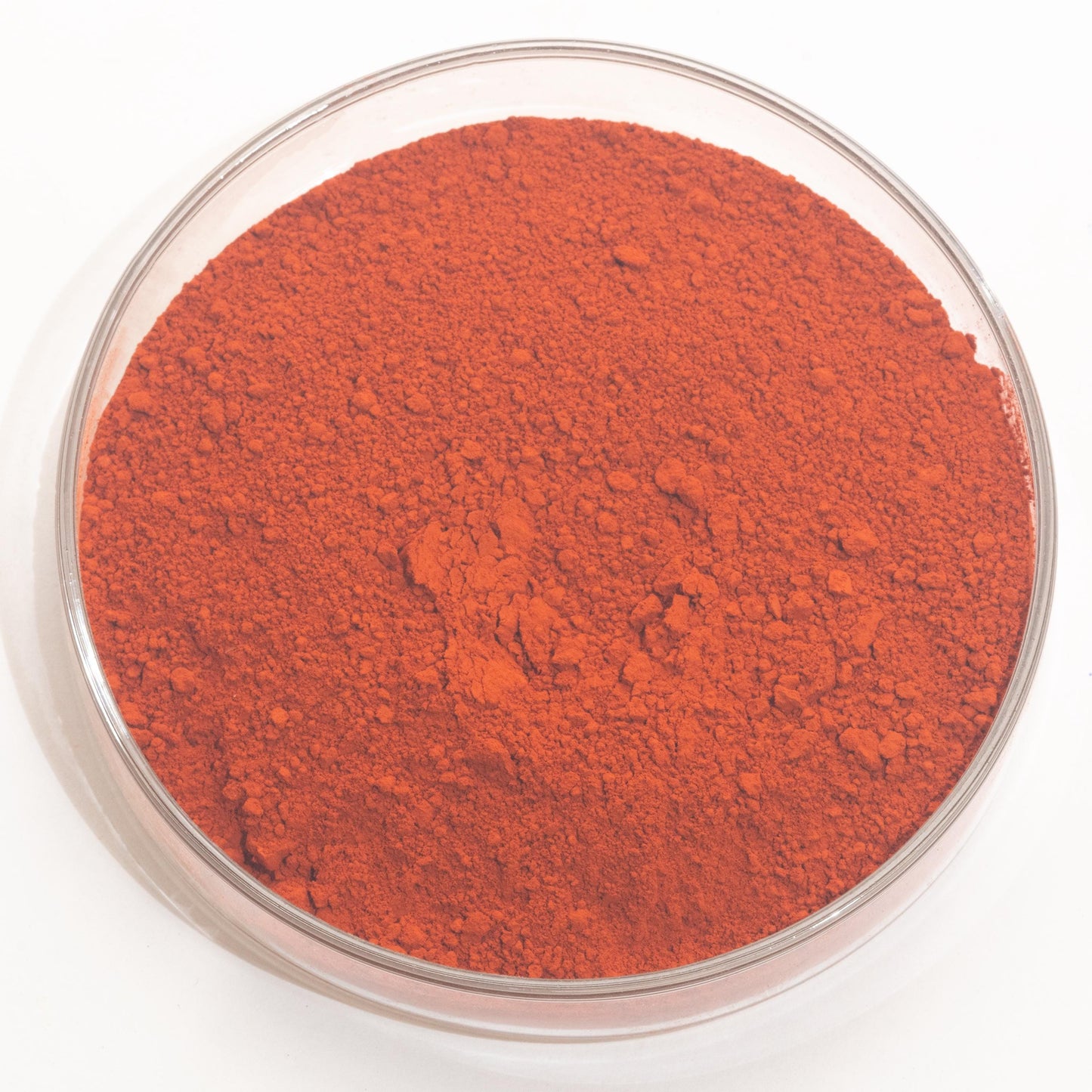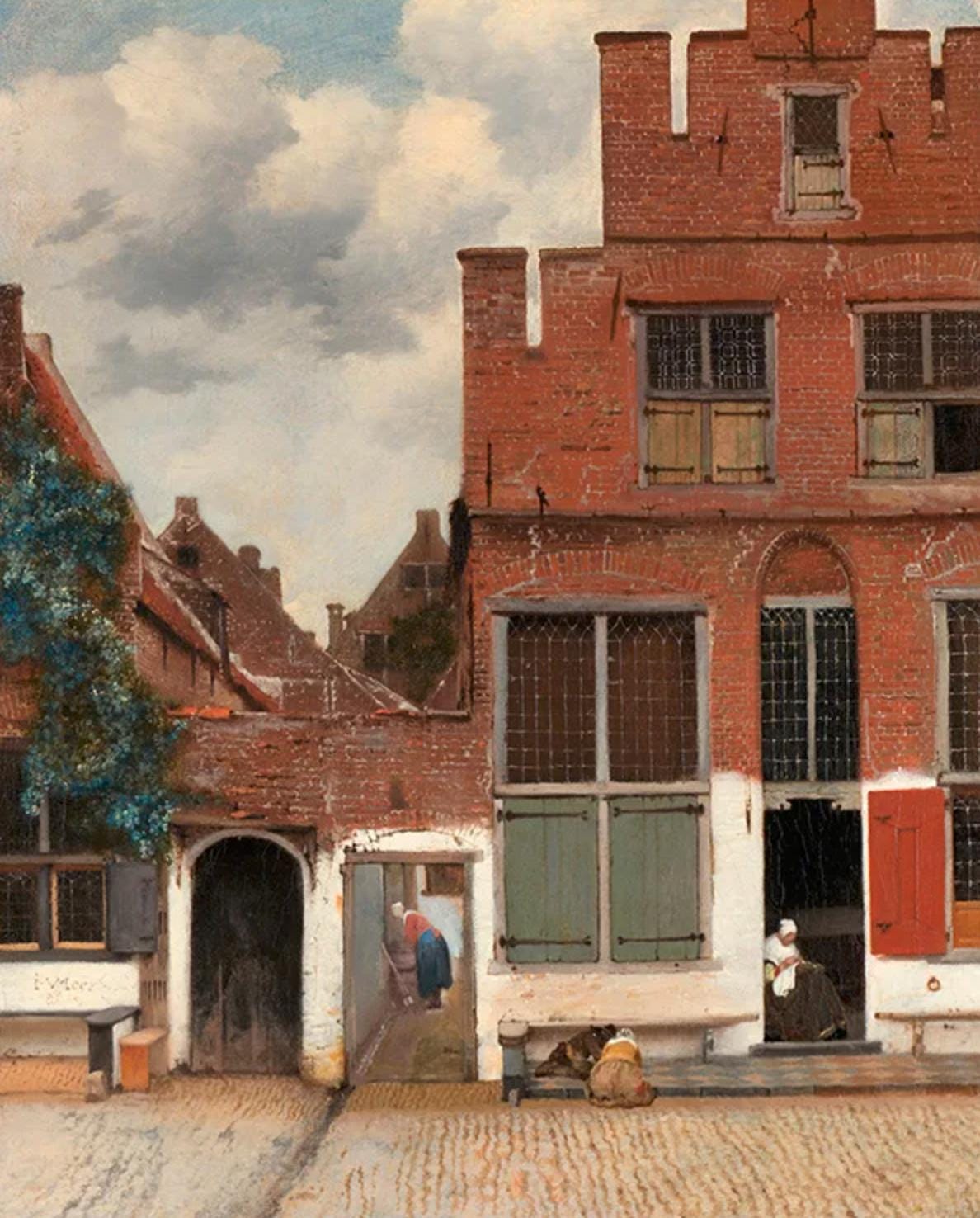Ercolano Red Ochre
Ercolano Red Ochre
Couldn't load pickup availability
Share


Description
Ercolano Red Ochre is a natural earth pigment made from carefully selected iron-rich clays, traditionally sourced from deposits near Mount Vesuvius in Italy. Named after the ancient Roman city of Herculaneum (Ercolano), this pigment captures the deep, warm red tones so often seen in Roman frescoes and ancient wall paintings. It offers a vibrant yet earthy red with subtle orange undertones, providing a rich, natural color that is both powerful and harmonious.
In watercolor, Ercolano Red Ochre flows smoothly with excellent coverage and a soft, matte finish. In egg tempera and oil, it produces a robust, slightly translucent red ideal for flesh tones, draperies, underpainting, and historical reconstructions. Its stable mineral composition makes it highly lightfast and permanent across all mediums.
History
Red ochres were among the earliest pigments used by humans, dating back tens of thousands of years, but Ercolano Red specifically ties to the sophisticated palette of Roman antiquity. Excavations of Herculaneum and Pompeii revealed extensive use of vibrant iron oxide pigments in frescoes, architecture, and decoration, prized for their beauty, abundance, and permanence.
Ercolano Red Ochre provided artists with a versatile, affordable alternative to costly cinnabar and vermilion, offering a more naturalistic and durable option. It was often used in combination with black and white pigments to model skin, garments, and landscapes with a muted, realistic warmth. In the pictured artwork 'The Little Street' by Johannes Vermeer, Venetian Red is used throughout the buildings as well as the underpainting both to create rich reds and oranges in combination with Madder Lake glazes as well as to add subtle warmth from the underpainting and mixes.
Today, Ercolano Red remains essential for those seeking to recreate the palettes of classical antiquity, Renaissance fresco painting, and traditional earth-based color harmonies.
Pigment Information
Pigment Type: Natural earth pigment from iron oxide-rich clay
Suitable Mediums: Watercolor, Egg Tempera, Oil, Acrylic, Fresco
Lightfastness: Excellent
Opacity: Semi-opaque to Opaque
Other Names: Herculaneum Red, Roman Red Ochre, Pompeian Red
Color Index Code: PR102
Image: 'The Little Street' by Johannes Vermeer from the Rijksmuseum


